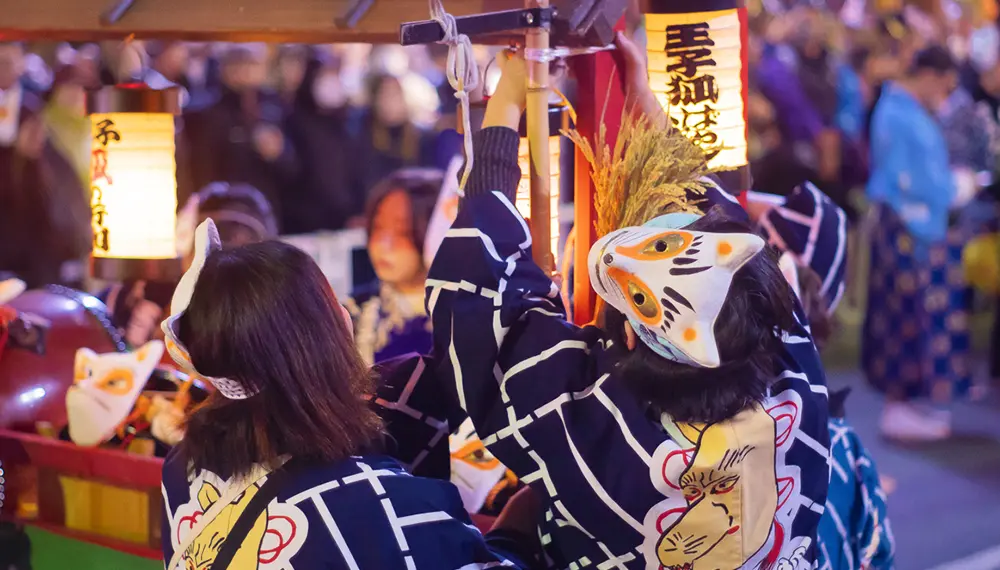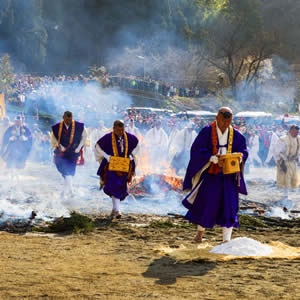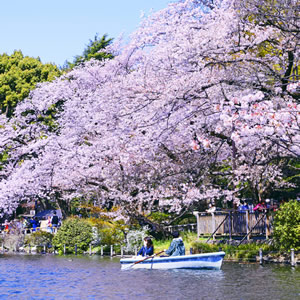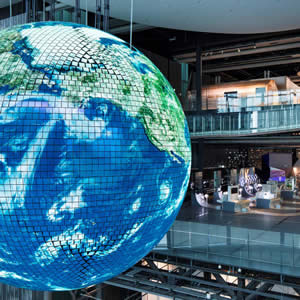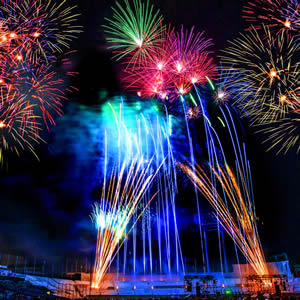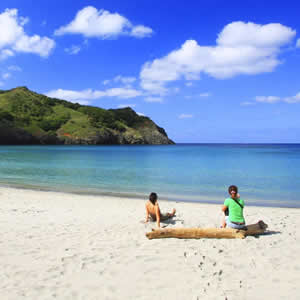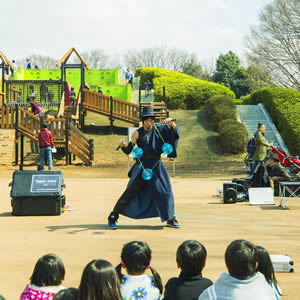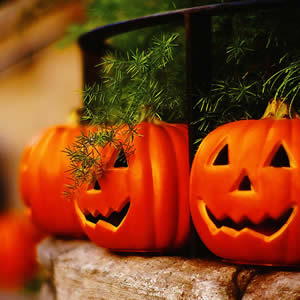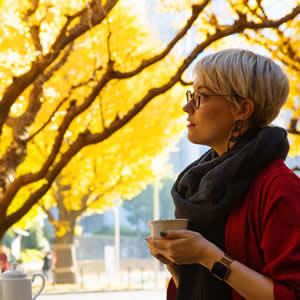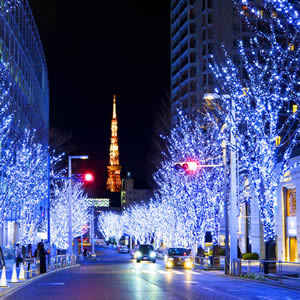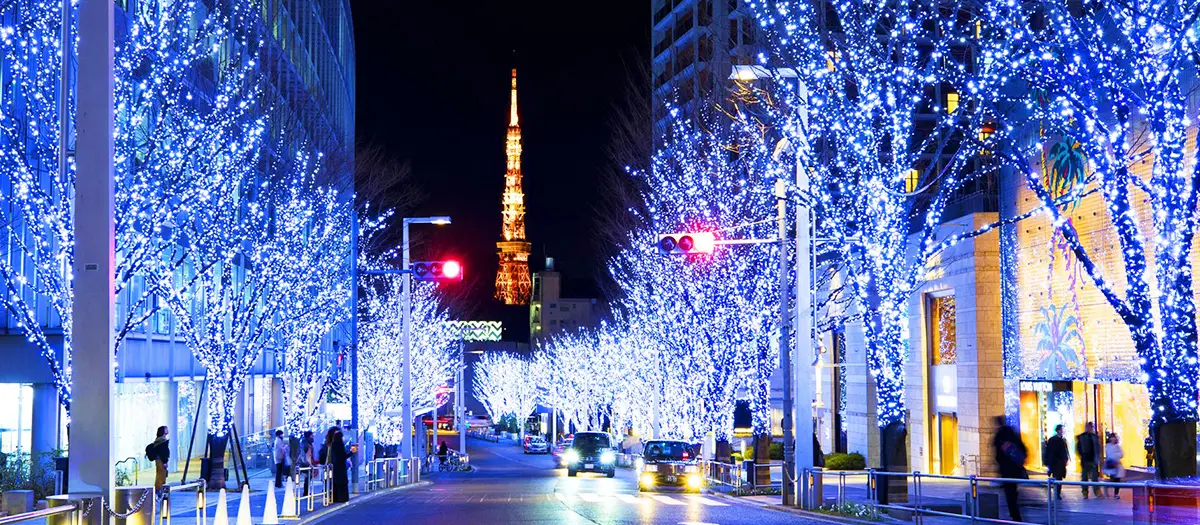
- Share this page
Share this page
- EN
Select Language
- FAVORITES
- Search
Detailed search: You can do a detailed search by keyword, genre, time, area and tag.
Main content starts here.
- Visit Tokyo |
- CALENDAR |
- Best Things to Do and See in Tokyo in December
Updated: November 14, 2025
Best Things to Do and See in Tokyo in December
Is December a good time to visit Tokyo?
As the year comes to an end, locations across Tokyo are decorated with colorful lights in a wealth of inspiring and impressive illumination displays. Many of these light-up events use cutting-edge technology such as projection mapping to enhance the experience, creating a magical winter atmosphere. Christmas decorations are installed across the city, but the most important day of the month is December 31, when Tokyo concludes its month-long celebration by welcoming the new year.
What is the weather like in Tokyo in December?
In December, the temperature in Tokyo reaches highs of 13.2℃ (55.8°F) and lows of 3.8ºC (38.8°F) , with an average daytime temperature of around 8.1ºC(46.6°F). It's not as cold as January or February, especially in early December—but it is chilly, so make sure to wear a coat. Gloves, scarves, and hats aren't always necessary, but from mid-December it's a good idea to bring them along. The month is dry, with 0.5mm (0.02 in) of rainfall on average, and only a small chance of snow.
Note: This guidance is based on meteorological data for 2024.
Best events, festivals, and other things to do in December
December illuminations in Tokyo
Light displays are held all around the city, at retail hubs, landmarks, and festivals. The trees along Marunouchi's main shopping street are lit up in a signature color: champagne gold. In YEBISU GARDEN PLACE, you can see one of the world's largest Baccarat chandeliers, containing 250 lights. The light displays around Tokyo Station, Omotesando, and Roppongi Hills are also worth visiting. A short trip from central Tokyo is the amusement park Yomiuriland, which puts up a popular gemstone-themed light display.
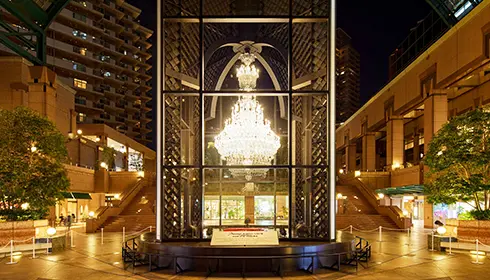 YEBISU GARDEN PLACE
YEBISU GARDEN PLACE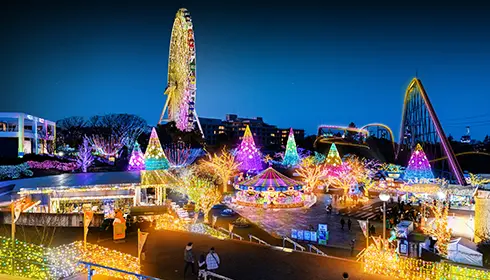 Yomiuriland
YomiurilandWinter Ice Skating Rinks
During the winter, some popular facilities open ice skating rinks. These ice rinks are a great place to enjoy ice skating with friends or family while out taking care of holiday shopping or enjoying nighttime light displays. Tokyo Midtown, Futako Tamagawa Rise Shopping Center, and Minami-Machida Grandberry Park are all excellent locations to check out.
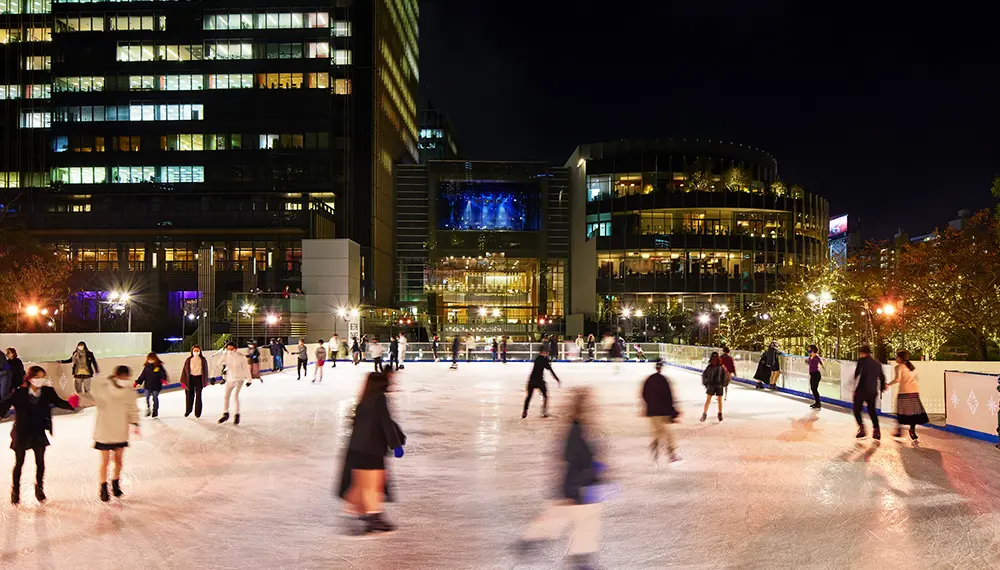
Photo provided by: TOKYO MIDTOWN
Setagaya Boro-ichi (Year-end Market)
The Setagaya Boro-ichi year-end market dates back to 1578. Back then the main items traded were scraps of fabric: "boro." Today, many vendors sell antiques, clothing, food, and more. The market is now officially recognized as one of Tokyo's Intangible Folk Cultural Properties.
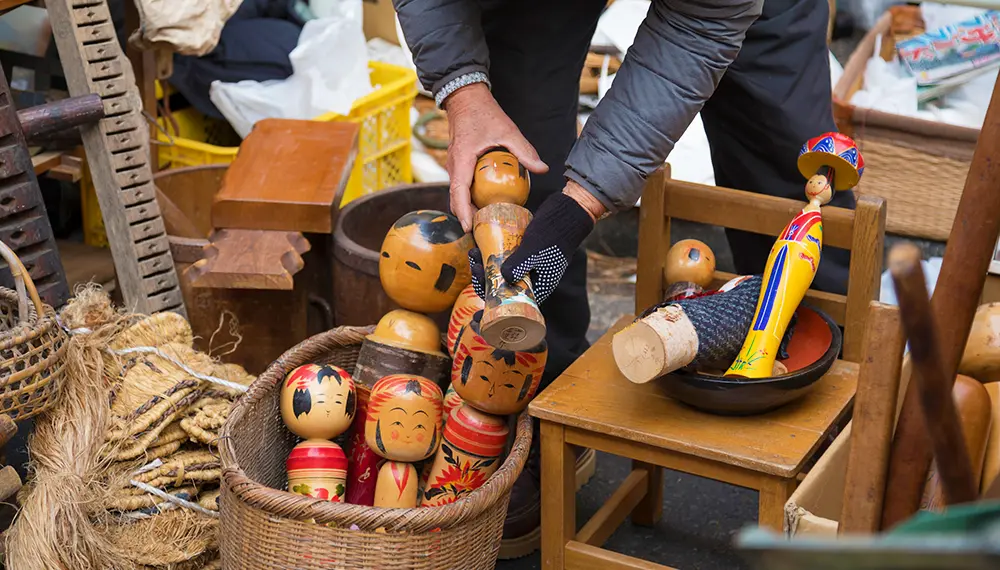
©SETAGAYA
Sensoji Temple Year-end Market (Hagoita Fair)
Hagoita are rectangular wooden paddles that were originally used to play a traditional game similar to badminton. They became seen as auspicious objects that "hit away bad luck," and have been sold as good luck charms for welcoming the new year since the 19th century. There are also special uke-eto (Japanese zodiac) hagoita that can only be bought during the Sensoji Temple Year-end Market (Hagoita Fair).

Christmas in Tokyo
If you're shopping for presents or souvenirs, try one of Tokyo's Christmas markets. Many offer seasonal treats such as mulled wine, as well as performances and concerts. This year's "Tokyo Christmas Market" at Jingu Gaien, a spot which is famous for its ginkgo trees, will feature a 14-meter tall "Christmas Pyramid" imported from Germany. During the Christmas period, TOKYO SKYTREE has its own market, and is lit up with special light displays.

©TOKYO-SKYTREE
New Year's Eve
On December 31, many Japanese celebrate the coming of a new year by visiting a shrine or temple. Meiji Jingu Shrine receives more visitors than anywhere else in the country. Zojoji Temple offers a spectacular view of Tokyo Tower, and a chance to hear "joya-no-kane"—the ringing of a temple's bell 108 times to usher in the new year.
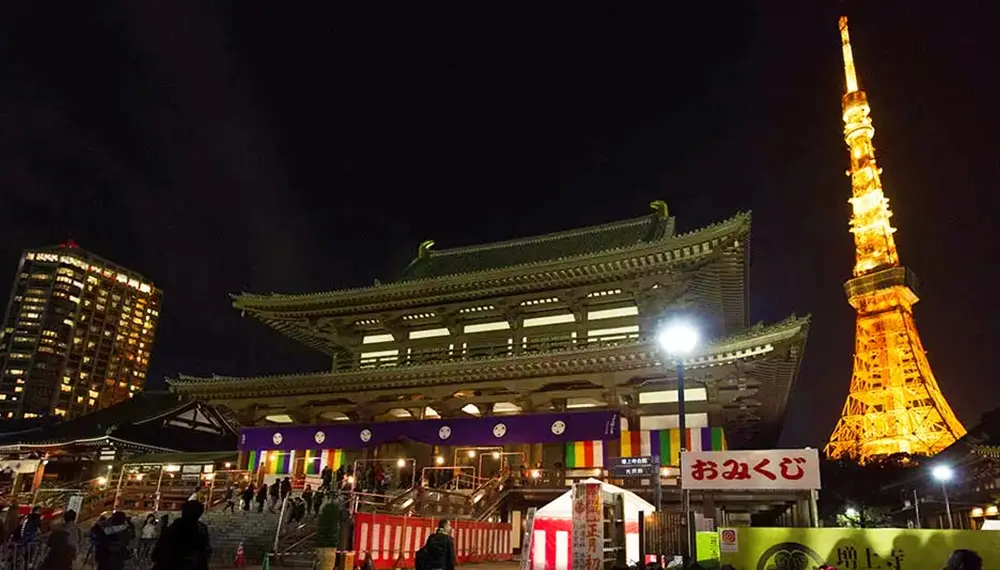
Oji Fox Parade (Kitsune no Gyoretsu)
A print by the famous ukiyo-e artist, Utagawa Hiroshige, depicts an old legend: on New Year's Eve, foxes gather under hackberry trees, put on costumes and parade towards Oji Inari Shrine. Every New Year's Eve, the residents of Oji recreate the scene by dressing up as foxes. They hold kitsunebi (a kind of will-o'-wisp) paper lanterns and join a lively procession with traditional music from Shozoku Inari Shrine to Oji Inari Shrine.
